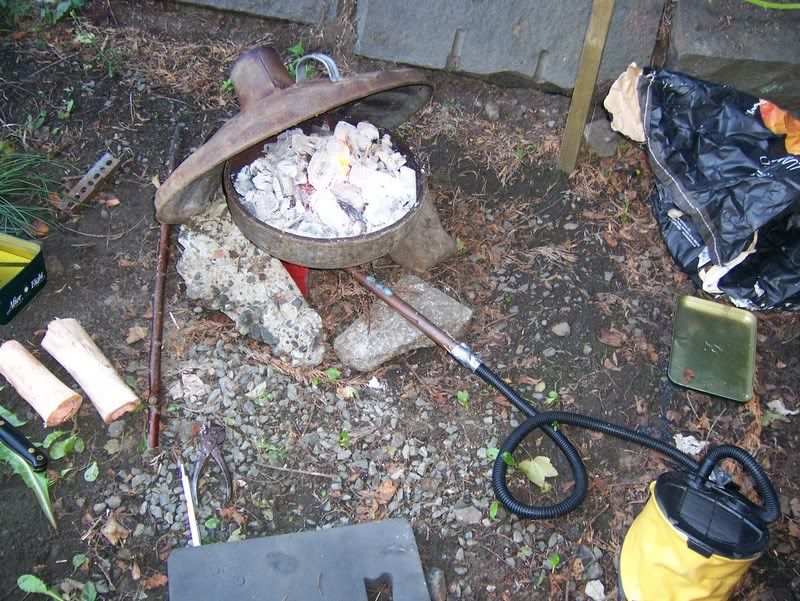I've got several lengths of cromwell O1 (and old files for that matter) in the shed and to be honest it's the thought of the heat treatment that puts me off.
Yes, the heat treat is the really tricky part. Once you get into the higher carbon steels (like above 1085) or the specialty alloy steels, you need to be a lot more precise in the temps and quenching to get an optimum heat treat on a knife blade. If you are using something like 1095 carbon steel, at one point you have only 1 second to cool the blade through a certain temp range - to get that optimum heat treat. So a very controlled heating/cooling environment is almost required.
But you don't have to get that "optimum" heat treat to have a using knife. Just letting most tool steels "air cool" will give you a usable knife. The cutting edge probably won't hold up as well in use, but that just means sharpening it a little more often.
That's why I like those old lawn mower blades. They are generally made from 1084 carbon steel, or 5160 alloy steel. They both are far more forgiving in the heat treat.
Good luck on you project.
Mikey - that grumpy ol' German blacksmith out in the Hinterlands
- who knows several professional knife makers

